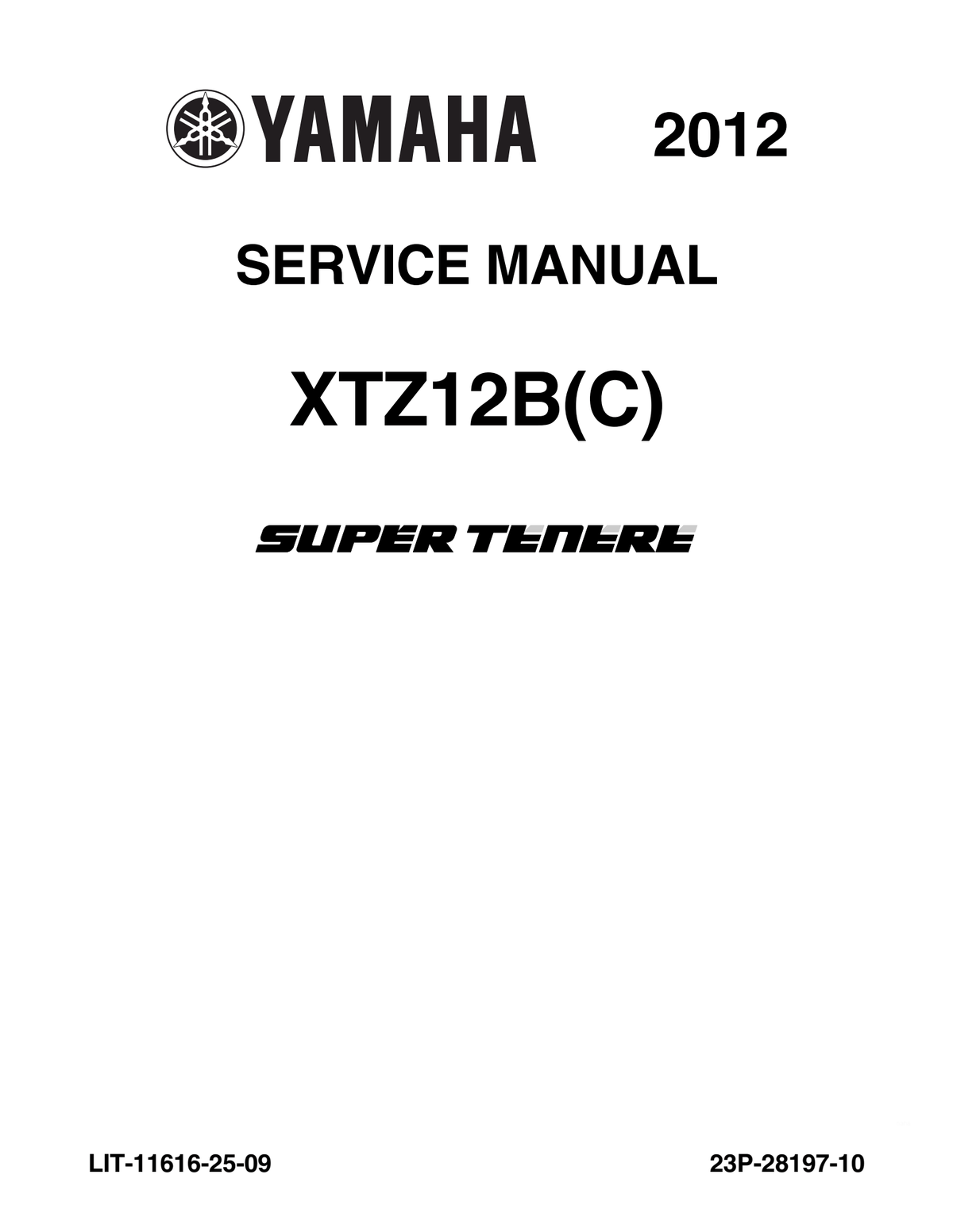JJTJ2
Well-Known Member
Maybe I missed it, but did the ABS light come on at any point?
Those symptoms are typical to air in the line.Hmm. The mystery continues!
Sent from my iPhone using Tapatalk
I light up my abs twice before i leave my neighborhood every ride. Been doing this since i read the first reports of these modules failing.If his brakes were working fine and all he did was replace the pads. It doesn’t have air in the lines. If you don’t ever cycle your ABS pump. Your asking for problems. I hit some grass or dirt and cycle mine pretty regularly. It still feels strange hitting the front hard and not washing out.
Usually I just light up the rear to be honest. The front is harder for me to actuate safely.x2 on momentarily activating the ABS on first inspection every first ride.
Do you cycle them individually or linked?
I can't quite get my head around this explanation. Pressure in the caliper will increase as a result of pushing the fluid backward in the system against all the restrictions to flow. I don't understand how air at only atmospheric pressure could enter from a lower pressure into a higher pressure environment?I transmit only a personal experience, which happened to me in cars. Whenever the pads are changed, the "normal" thing "was" to push the pistons in so that the new pads could fit ... and that's how the problems "sometimes" began. The rubber seals on the caliper pistons are made to receive pressure from the "back" and thus seal ... when you push those pistons in, the seal works backwards and "supposedly" would let air in. The solution was to push the pistons back by "opening and closing" the bleed screws, as the piston was pushed (as if it were bleeding) ... put the new pads in place and immediately "bleed" each caliper .... By doing this, I did not have problems with the loss of braking capacity after changing the pads.
If the purge is not fast (immediately after changing pads) and some bubble escapes through the line upwards, then it is more difficult to remove it
yes ... you are absolutely right. I always change the pads in the traditional way (push the piston, insert new pads, bring pads to the disc, purge to remove liquid and impurities) ... but I never found air. The last 2 times I changed pads I did the same procedure. in the first, it was spongy, bleed and corrected. the second time the same thing happened. From there I changed the method of pushing the piston (I do it by opening the bleed screw) .... I put the pads bring to the disk and bleed "but I can't find air" ..... I understand what you say about the positive pressure inside the circuit and you are absolutely right .... and you are right that the method of pushing the cylinder and opening the screw is also susceptible to air entering .... but it is not something that "occurred to me" .... When I consulted a workshop specialized in brakes (for the air that I found) ... they told me that they pushed the piston using the bleed screw ... it seemed to me that the procedure was correct ... indeed, the ideal after removing the pads, is to continue removing the piston "just a little more" ... clean the piston well and only then insert it completelyI can't quite get my head around this explanation. Pressure in the caliper will increase as a result of pushing the fluid backward in the system against all the restrictions to flow. I don't understand how air at only atmospheric pressure could enter from a lower pressure into a higher pressure environment?
Having said that, letting fluid out the bleeder when compressing the pistons is not a bad idea, it reduces the effort required, prevents pushing debris that may have settled in the calipers (lowest spot in the system) back up into the master cylinder or ABS unit, and finally avoids spilling over the master cylinder in the case where fluid was added as the pads wore down. One problem I have had is that if you release the pressure on the piston before you close the bleeder, the seals will rebound slightly and you'll suck air back through the bleeder.
No ABS lite, which is a good thing!Maybe I missed it, but did the ABS light come on at any point?
Here dude:Just an update. Still waiting for the manual. I went to my local dealer to pickup wheel balancing weights I had on order, while there I asked parts to check price and availability on the ABS module. There is 1 available, that's the good news. BAD news, it retails for $1346.00!!! He said don't worry that is retail and I will work with you on price if you need it. Did not even ask....WTF! How much do you think they will "work" with me if they know I need it.
You are the MAN. I am assuming this manual is going to work for my 2013 XTZ12D(C)Here dude:

Sent from my iPhone using Tapatalk
Yes!You are the MAN. I am assuming this manual is going to work for my 2013 XTZ12D(C)

